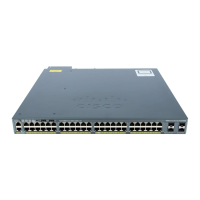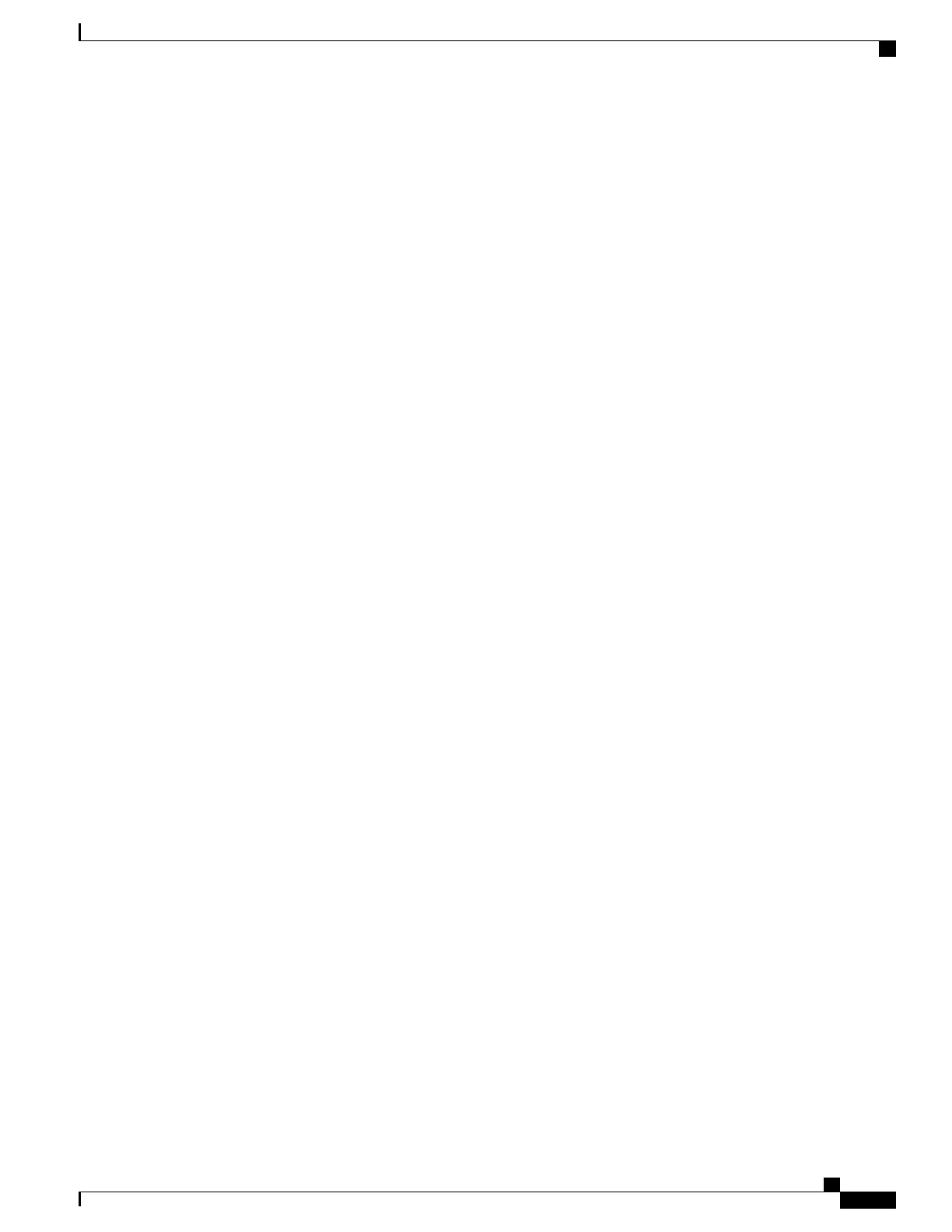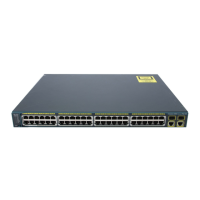•
One of the fiber strands in the cable is disconnected.
In these cases, UDLD disables the affected port.
In a point-to-point link, UDLD hello packets can be considered as a heart beat whose presence guarantees the
health of the link. Conversely, the loss of the heart beat means that the link must be shut down if it is not
possible to reestablish a bidirectional link.
If both fiber strands in a cable are working normally from a Layer 1 perspective, UDLD in aggressive mode
detects whether those fiber strands are connected correctly and whether traffic is flowing bidirectionally
between the correct neighbors. This check cannot be performed by autonegotiation because autonegotiation
operates at Layer 1.
Related Topics
Enabling UDLD Globally, on page 171
Enabling UDLD on an Interface, on page 172
Methods to Detect Unidirectional Links
UDLD operates by using two methods:
•
Neighbor database maintenance
•
Event-driven detection and echoing
Related Topics
Enabling UDLD Globally, on page 171
Enabling UDLD on an Interface, on page 172
Neighbor Database Maintenance
UDLD learns about other UDLD-capable neighbors by periodically sending a hello packet (also called an
advertisement or probe) on every active port to keep each device informed about its neighbors.
When the switch receives a hello message, it caches the information until the age time (hold time or time-to-live)
expires. If the switch receives a new hello message before an older cache entry ages, the switch replaces the
older entry with the new one.
Whenever a port is disabled and UDLD is running, whenever UDLD is disabled on a port, or whenever the
switch is reset, UDLD clears all existing cache entries for the ports affected by the configuration change.
UDLD sends at least one message to inform the neighbors to flush the part of their caches affected by the
status change. The message is intended to keep the caches synchronized.
Event-Driven Detection and Echoing
UDLD relies on echoing as its detection operation. Whenever a UDLD device learns about a new neighbor
or receives a resynchronization request from an out-of-sync neighbor, it restarts the detection window on its
side of the connection and sends echo messages in reply. Because this behavior is the same on all UDLD
neighbors, the sender of the echoes expects to receive an echo in reply.
Catalyst 2960-XR Switch Layer 2 Configuration Guide, Cisco IOS Release 15.0(2)EX1
OL-29424-01 169
Configuring UniDirectional Link Detection
Methods to Detect Unidirectional Links

